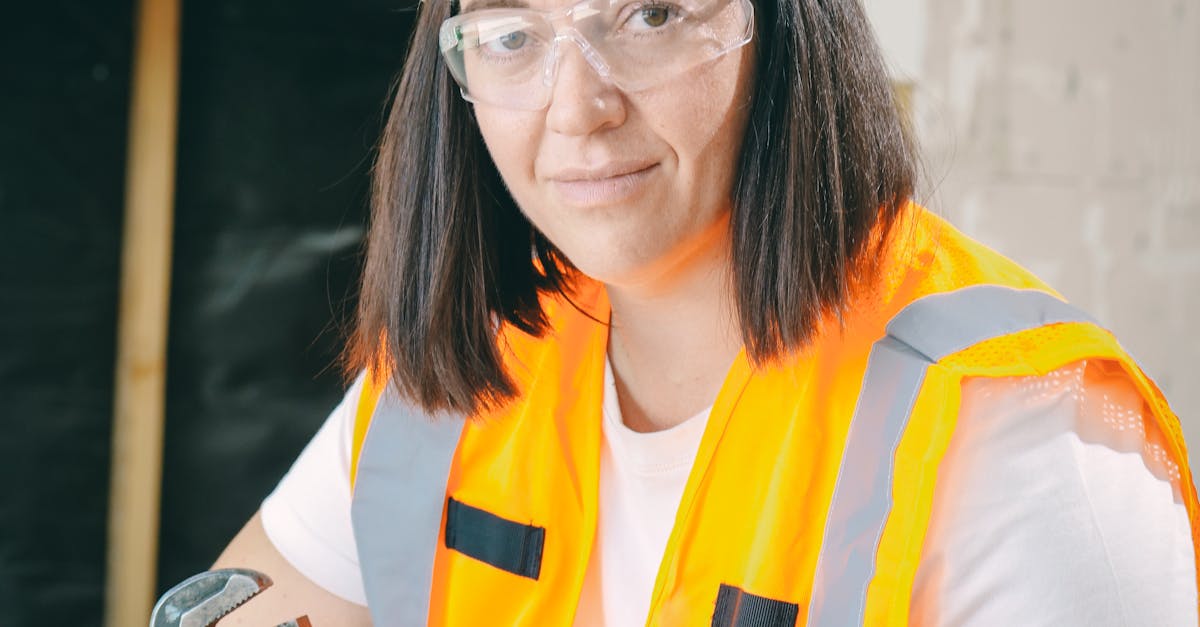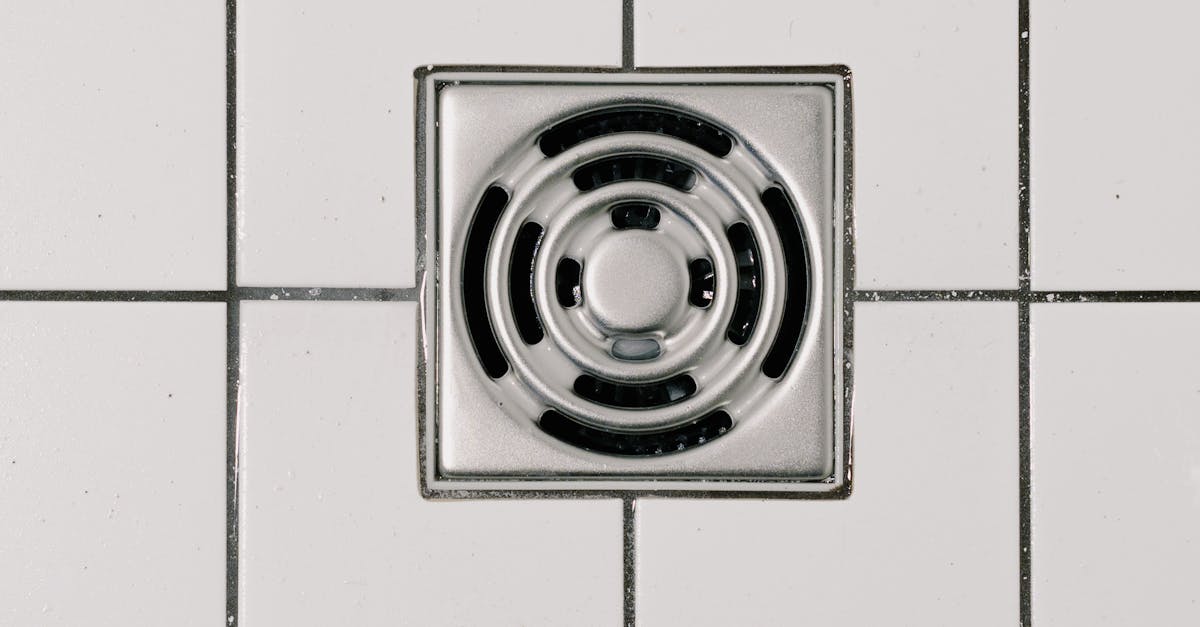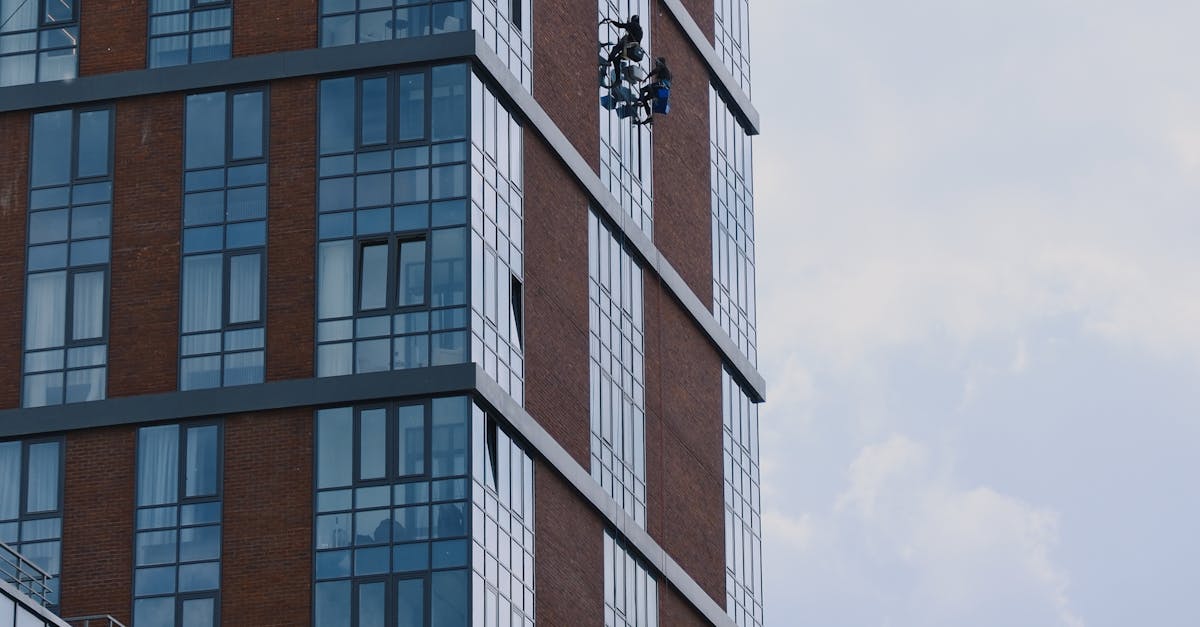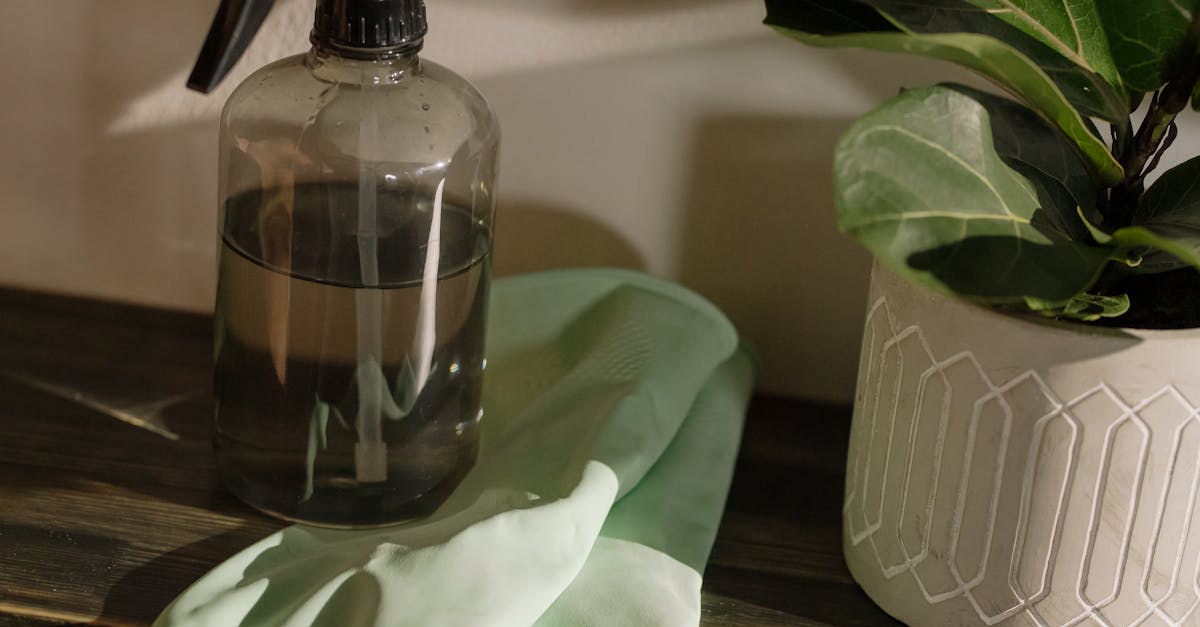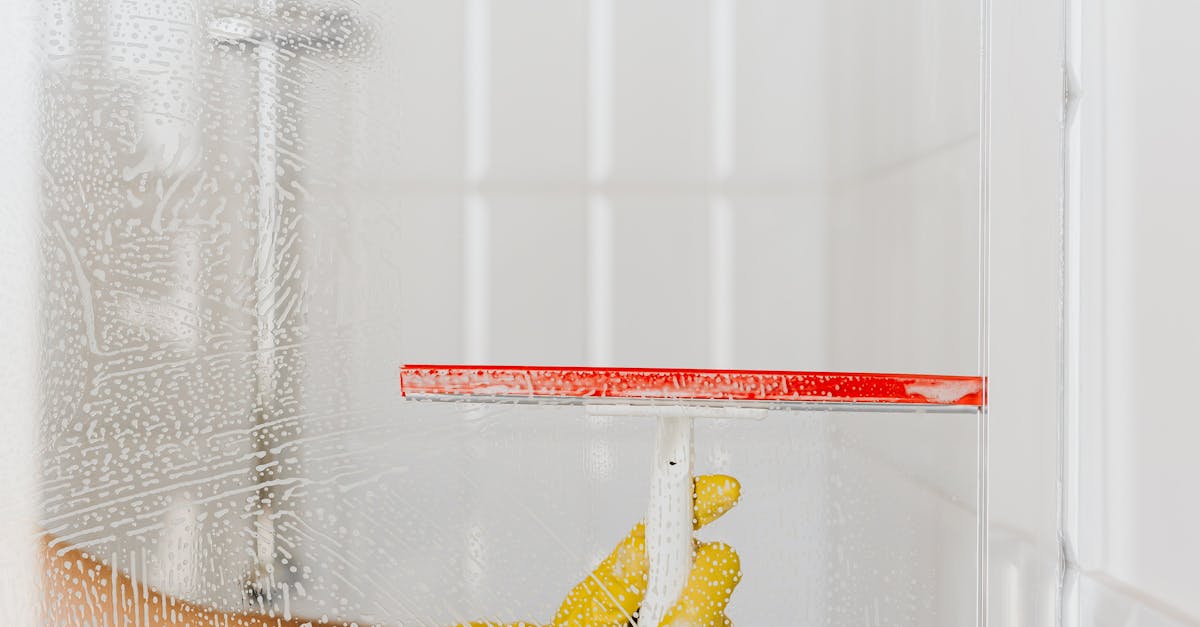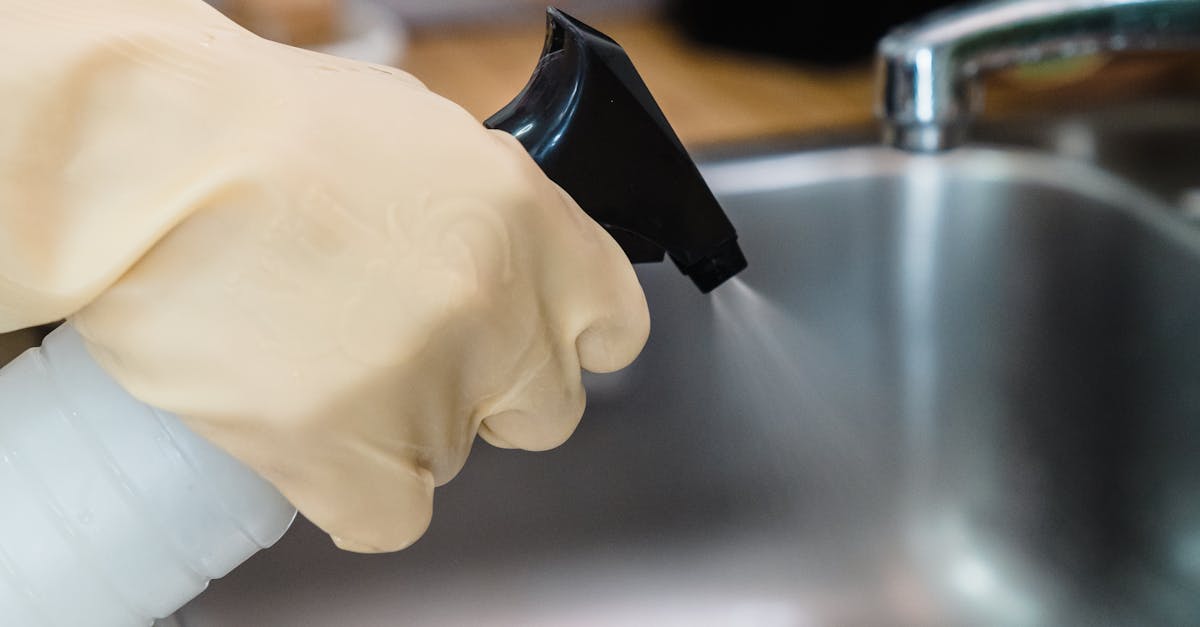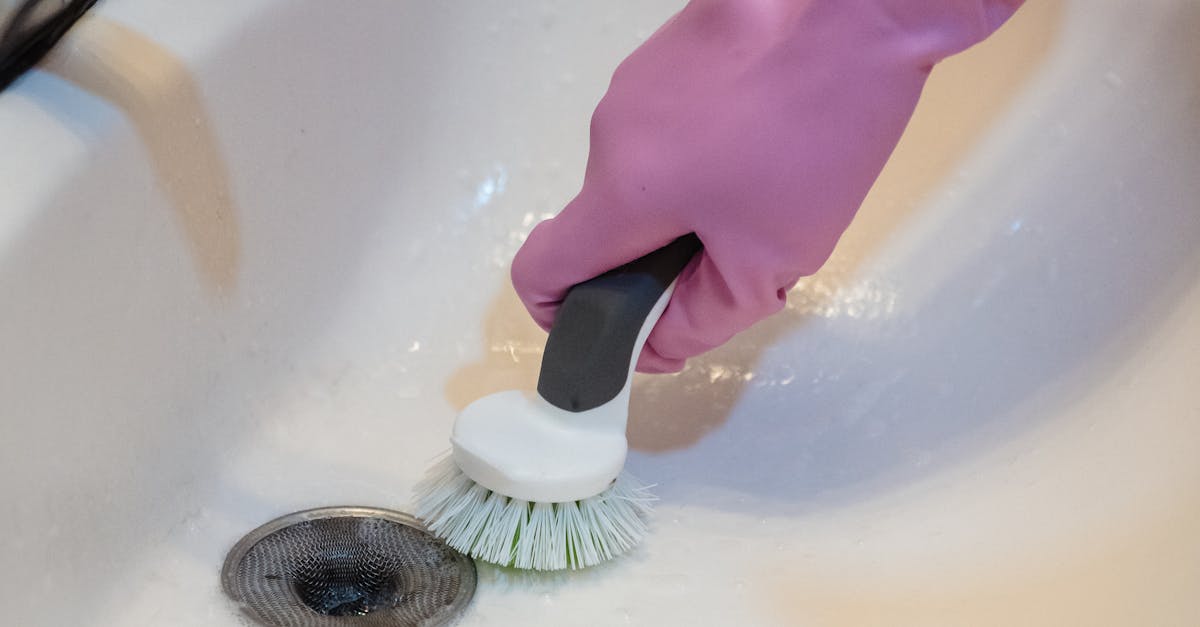
Table Of Contents
Labour Costs for Installation
Labour costs for sink installation can vary depending on the complexity of the project and the experience of the plumber. On average, hiring a professional plumber may cost between $100 and $150 per hour. Time estimates for sink installation usually range from two to four hours, factoring in both the fitment of the sink itself and any additional plumbing work required. This cost can fluctuate based on the geographical location and the specific demands of the installation.
When considering sink installation and repair, it’s essential to account for potential additional costs that may arise. For example, if old plumbing needs to be updated or if the installation requires custom cabinetry, these factors can increase the overall labour expenses. It's advisable to obtain multiple quotes from licensed plumbers to get a clearer picture of potential costs associated with your specific installation.
Regional Variations
Regional variations significantly impact the cost of sink installation and repair across Australia. Urban centres like Sydney and Melbourne often see higher labour rates due to increased demand and a higher cost of living. In contrast, rural areas might offer lower rates, but the availability of skilled tradespeople can sometimes affect timelines and quality. Homeowners should consider these factors when budgeting for a new sink.
Additionally, regional differences may affect the types of sinks available and local preferences. Certain styles may be more popular or accessible in specific areas, influencing overall costs. Understanding local trends in sink installation and repair can help homeowners make informed choices that align with both their tastes and their budgets.
Permits and Regulations
When considering sink installation and repair, homeowners must be aware of the necessary permits and regulations that may apply. Local councils often require permits for plumbing work, including sink installations, to ensure compliance with building codes and standards. This regulation aims to protect health and safety, ensuring that installations are performed correctly and do not pose any risk.
In addition to permits, it's important to understand specific local regulations that may impact the sink installation process. Different states and territories may have unique requirements regarding plumbing systems. Homeowners should check in with their local council or a licensed plumber to confirm what regulations apply before proceeding with the installation. Being informed can prevent costly delays and ensure that the installation is carried out legally and safely.
Compliance Issues
When undertaking sink installation and repair, it is essential to consider compliance with local regulations and building codes. These rules are in place to ensure that plumbing work is safe and up to standard. Failure to adhere to these codes can lead to fines or, in severe cases, the need for costly rewiring of plumbing and fixtures. It's advisable to check with your local council or a qualified plumber to confirm what specific regulations apply in your area.
Furthermore, compliance issues may vary depending on the type of sink being installed. For instance, DIY installation often does not meet the standards required for professional work. Certain materials and styles of sinks may also have specific installation requirements. It is beneficial to research these factors before proceeding to avoid any potential setbacks or additional expenses during the project.
Choosing the Right Sink for Your Budget
Selecting the right sink for your budget involves considering various styles and materials that align with your financial plan. Stainless steel sinks are popular due to their durability and modern appeal, while ceramic or porcelain options can add an element of elegance. Each material has its associated costs ranging from the initial purchase price to potential upkeep for maintaining the look and functionality. Researching prices at local hardware stores and online retailers can provide a clearer picture of what fits within your budget.
When assessing sink installation and repair costs, it’s vital to factor in the long-term investment. Some sinks may be cheaper upfront but might require more maintenance or replacement in the future. On the other hand, opting for a higher-quality sink can lead to substantial savings over time, as fewer repairs may be needed. Thorough comparisons of features, warranties, and installation requirements will help ensure that your choice balances both quality and affordability.
Comparisons of Various Sink Styles
When selecting a sink, the style you choose significantly influences both functionality and aesthetics. Undermount sinks offer a sleek, modern appearance and make countertop cleaning easier, while farmhouse sinks bring a rustic charm and spacious basin. Stainless steel sinks are highly durable and resistant to stains, making them suitable for busy kitchens. Considerations around materials and installation type also affect overall costs, with some designs requiring more complex sink installation and repair than others.
The size of the sink plays a crucial role in its usability. Smaller sinks may fit snugly in compact spaces but might not be practical for larger dish loads. Conversely, oversized sinks can dominate a space but provide ample room for cleaning. Different designs cater to various needs, and assessing your kitchen layout is vital. When planning for installation costs, it’s essential to factor in the potential need for modifications to cabinetry or plumbing, which can also impact the total expense of sink installation and repair.
FAQS
What is the average cost to install a new sink in Australia?
The average cost to install a new sink in Australia can range from $150 to $500, depending on factors such as the type of sink, labour costs, and any additional plumbing work required.
Are there any additional costs I should consider when installing a new sink?
Yes, additional costs may include permits, materials, and any necessary renovations to accommodate the new sink, as well as labour costs that can vary by region.
How do regional variations affect sink installation costs?
Regional variations can significantly affect sink installation costs, with prices generally being higher in metropolitan areas compared to rural regions due to differences in labour rates and demand.
Do I need a permit to install a new sink?
In most cases, a permit is required for installing a new sink, especially if it involves plumbing or structural changes. It's best to check with your local council for specific regulations.
What factors should I consider when choosing a sink for my budget?
When choosing a sink for your budget, consider the material, style, size, and installation type. It's also helpful to compare various sink styles and their respective costs to find the best fit for your needs and budget.
